A (Large) Grain of Salt
I’ve been on my photographic journey for as long as I remember. My earliest memories revolve around holding a camera. It has stalled at various times in my life, but I have always returned to it, subsequently veering onto another path of visualization.
My journey encompasses decades of learning techniques and a multitude of dos and don’ts. When shooting film, there were (are) limitations to capturing the light. Digital has changed many things and continues to do so as cameras become increasingly advanced.
I have reached the point in my journey where well-documented dos and don’ts of photography have been reassessed. As an astro-landscape and infrared photographer, many of the decrees have been chucked to the wayside.
Here are a few of the ditched directives:
- “Only shoot the Milky Way during moonless nights.” Nope.
- “Clear skies are the best for astro-landscapes.” Nope.
- “Don’t use an ISO higher than 3200.” Nope.
- “Infrared photography isn’t good during the winter or after 2 pm.” Nope
Moon and Clouds Oh My!
In these images, the moon was shining, the clouds were floating and the Milky Way still emerged, albeit less so in the spotlight. The imperfect conditions made for much more interesting captures. Waiting for the perfect conditions just wastes precious time. There is so much celestial beauty to be had if you just bend (or in my case, break) the rules.
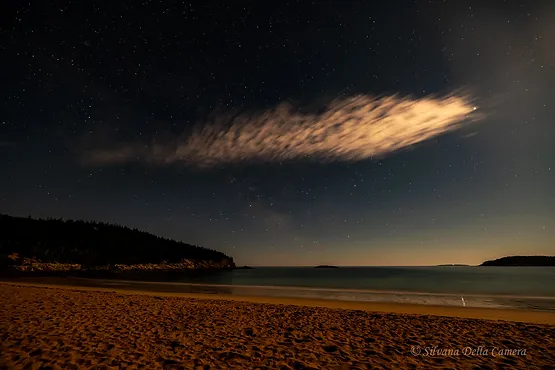
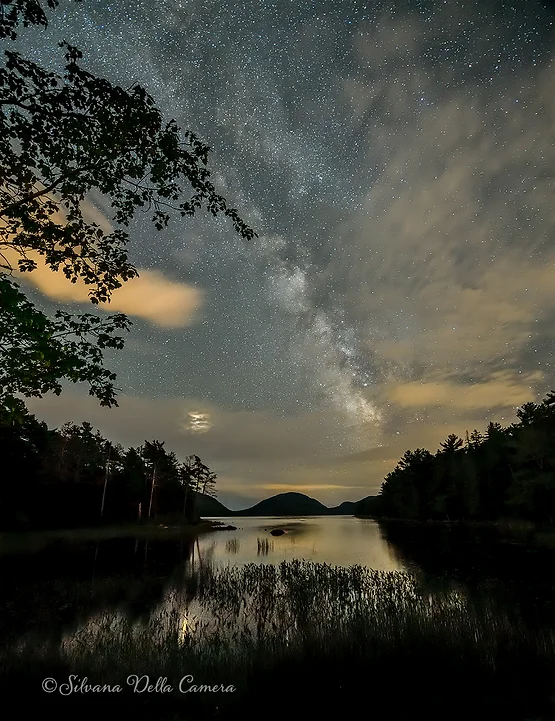

Flex that High ISO
As in film days, digital high ISO results in grainy images, aka noise. Over time, noise has become less of an issue with newer digital cameras. Their ISO range has also far, far exceeded the maximum film ISO of 1600. My D850 has a minimum ISO of 64 and a maximum native ISO of 25,600. I call it my cat-eyed camera. It can see incredibly well in the dark. The next image is a single frame, shot at 12,800 ISO with a Z6. The Lagoon and Trifid nebulae are visible and there is a great deal of detail in the galactic core. Don’t be concerned about shooting with high ISO. There are fantastic tools that remove noise, my favorite of them all is ,Topaz Denoise AI.

Single Frame – Nikon Z6 | ISO 12,800 | f/2.8 | 15 seconds | 17-35mm lens
Stacked images, whether they are ISO 800 or ISO 12,800 (or more) result in incredibly detailed images. The following image is made up of 23 images. Again, shot at ISO 12,800 with a Z6.

Stacked – Nikon Z6 | ISO 12,800 | f/2.8 | 15 seconds | 17-35mm lens
Say What?
Infrared isn’t just for bright sun-drenched days with trees full of leaves. Infrared absolutely shines on rainy days and even at night, where it extends your (and your normal camera) ability to see through the drenching light pollution. ,Learn more about infrared at night.

Unleash the Artist
Don’t get me wrong. It’s very important to learn the dos and don’ts for sure. Learning the various methods makes us better artists. Just like painters, we need to learn how to prime the canvas, hold the paintbrush and mix the colors. In my opinion, holding a camera is no different than holding a paintbrush. Learn the tools and techniques well because it makes you ask yourself “what if…“.
Pushing past the boundaries defined helps unleash the visual artist within.
#photography #acadia #nightsky #milkyway #inspiration #Nikon
What rules have you ditched in your photography? Let’s hear it in the comments. I’d love to hear about it.
© Silvana Della Camera

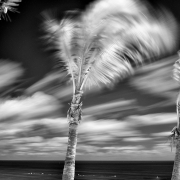 Silvana Della Camera
Silvana Della Camera
 Silvana Della Camera
Silvana Della Camera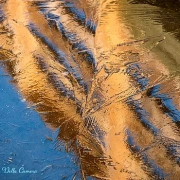 Silvana Della Camera
Silvana Della Camera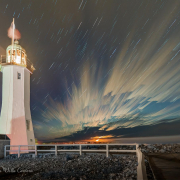 Silvana Della Camera
Silvana Della Camera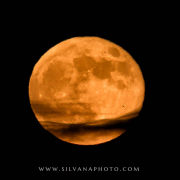
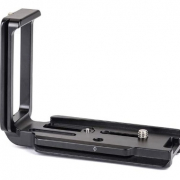

 Silvana Della Camera
Silvana Della Camera
Leave a Reply
Want to join the discussion?Feel free to contribute!